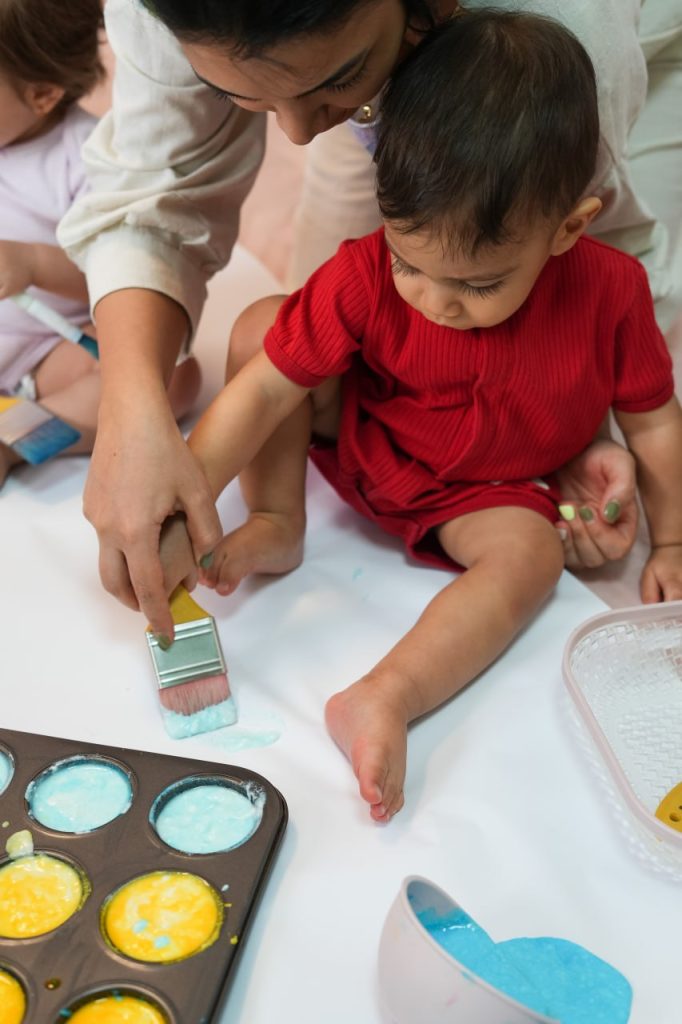Why Should We Let Children Fail?
In a world where the race for success begins at a very early age, many parents and educators fear letting children experience failure. However, recent studies show that failure in childhood is not harmful—in fact, it is essential for a child’s psychological, cognitive, and social development.
Contrary to common belief, overprotecting a child from mistakes or failure can hinder real growth. In this article, we explore why experiencing failure is important for preschool and kindergarten children, what benefits it brings, and how to manage it in a healthy and positive way.
What Is Failure? Do Children Really Experience It?
For a 3- to 6-year-old child, “failure” may look different from how adults define it. For example:
• Being unable to complete a puzzle
• Losing in group games
• Accidentally ruining their favorite drawing
• Being ignored by a friend
• Struggling to get dressed without help
These situations may seem small to adults, but in a child’s mind, they can feel like major setbacks. The way these moments are handled can make the difference between raising a resilient child and a dependent one.
Why Is Failure Good for a Child? (5 Science-Backed Reasons)
1. Building Resilience
Resilience is a child’s ability to get back up after a setback. Children who experience failure in a supportive environment are better equipped to face challenges in the future. They tend to do better in school, relationships, and even adulthood.
2. Learning Problem-Solving Skills
When a child encounters an obstacle, their brain becomes more engaged. Failure pushes them to find solutions, try again, and strengthen their problem-solving skills.
3. Cognitive Development
Trial and error is one of the foundations of learning in childhood. Through real-life experiences—including mistakes and failures—children gain a deeper understanding of concepts. Every failure becomes a step toward mastery.
4. Understanding Emotions and Managing Feelings
Failure often brings feelings like sadness, frustration, or disappointment. With the right guidance from a parent or teacher, children learn that these emotions are natural and manageable.
5. Strengthening Self-Confidence
Despite common belief, children who fail and then try again develop higher self-confidence than those who always succeed—because they learn they can overcome difficulties.
The Parent’s Role: Turning Failure into a Learning Opportunity
Parents play a key role in turning moments of failure into life lessons. Here are a few practical tips:
✅ Support instead of rescuing.
Rather than immediately fixing the problem, encourage the child to think first: “What do you think you can do to rebuild your block tower?”
✅ Don’t treat failure as a taboo.
Talk openly about your own mistakes. Let your child know that everyone makes them—and that what matters is what we learn from them.
✅ Validate your child’s feelings.
Instead of saying “Don’t cry,” try: “I understand you’re upset. It’s frustrating when your drawing gets ruined.” This builds a healthy relationship with emotions.
✅ Praise effort, not just results.
Instead of “Well done for winning,” say: “I’m proud of how hard you tried!” This keeps the focus on growth rather than just victory.


The Role of Kindergarten and Teachers: Safe Failures in Learning Environments
Preschools and kindergartens can provide opportunities for children to experience small but constructive failures, such as:
• Group games with unpredictable outcomes
Simple competitions where losing is a normal and accepted part of the activity.
• Individual projects that require trial and error
For example, building a wooden tower that might collapse.
* Art activities without strict rules
Allowing children to create freely, even if the result looks “wrong.”
• Discussion sessions about feelings after failure
Letting children share their experiences and emotions with peers.
Common Mistakes Parents Make When Handling Failure
• Treating mistakes as purely negative outcomes
• Always rescuing the child, which undermines self-confidence
• Punishing a child for failure, which creates fear of trying
• Mocking or comparing the child, which damages self-esteem
• Hiding their own mistakes, which promotes an unrealistic idea of perfection
Conclusion: Let Your Child Fall—So They Can Learn to Fly.
Failure is not an obstacle for a child; it is a stage in their growth journey.
We cannot protect children from every pain or mistake, but we can teach them how to emerge stronger from them.
If we want to raise a generation that is brave, creative, and resilient, we must start today by allowing children to:
• Make mistakes.
• Experience failure.
• Learn from it.
• Try again.
An article for the parents and educators of Matyar Solaleh
At Matyar Solaleh Kindergarten and Preschool, we believe that a child must fall in order to learn how to fly. By creating a safe, creative, and supportive environment, we strive to turn every failure into an opportunity for growth, self-confidence, and true learning.

بدون دیدگاه